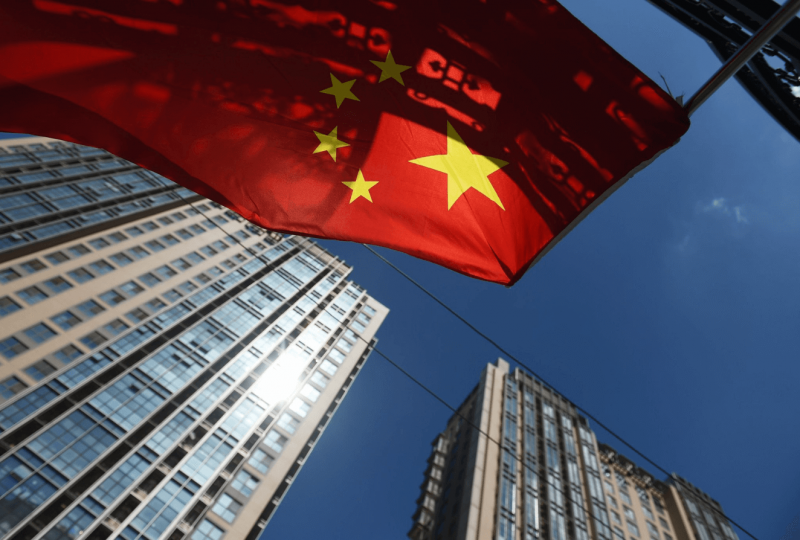China’s Economic Wobbles Cast Long Shadow For Asia
Oct 20, 2021

China's economic woes have cast a pall over Asia, from South Korea to Thailand, as a severe manufacturing slowdown and trade bottlenecks in the world's second-largest economy impact Asia on both the supply and demand sides.
China's GDP slowed in the third quarter, according to figures released this week, with growth reaching its lowest level in a year, hampered by power shortages, supply chain snafus, and a housing market crisis.
The slippage poses additional dangers for China's trading partners in what is shaping up to be a rocky global recovery from the economic slump.
"Yes, growth abroad, particularly in the United States and Europe, seems solid," commented Frederic Neumann, co-head of HSBC's Asian economics research. "However, China has been the region's major engine of growth, and if it sputters, Asian economies will lose a lot of torque."
Changes in China's growth were shown to be significantly more associated with Asia-Pacific countries from South Korea to New Zealand than changes in US or European GDP, according to an HSBC research.
According to the bank's experts, for every percentage point of GDP added by China, trading powerhouse South Korea experienced an additional 0.7 percentage point of growth.
According to the study, South Korea was by far the most susceptible to fluctuations in Chinese development, followed by exporting nations Thailand and Taiwan.
Citi analysts have already lowered growth forecasts for economies in the area, including South Korea, Taiwan, Malaysia, Singapore, and Vietnam, due to an expected Chinese slowdown.
According to a Reuters Corporate Survey released last week, the majority of Japanese companies are concerned about the impact of a downturn in China, Japan's main trade partner.
The downturn can be seen throughout China's economy, from retail to manufacturing, which just recorded its lowest production growth since the outbreak began.
China's vehicle sales fell 19.6% year over year in September, according to industry statistics released last week, marking the fifth straight month of declines amid a prolonged worldwide semiconductor shortfall and a power deficit.
Similarly, a regulatory crackdown in China's housing sector has resulted in a significant drop in new building starts, posing a danger to raw material exporters like Australia.
Since hitting a high in mid-May, iron ore prices have virtually halved, with demand being harmed by China's steel output restrictions and the property downturn.
Rio Tinto, the world's largest mining company, reduced its 2021 iron ore shipping projection last week, citing tight labor market circumstances in Australia as the main reason, but also warning of regulatory headwinds from China.
'STAGFLATION'
Despite the concerns posed by China, researchers believe Asia will be able to avoid a sharp drop in domestic demand since increased vaccination rates will allow nations in the area to avoid COVID-19 limitations.
Similarly, demand for other products, such as gasoline and food, remains strong in China. As a result, central banks are unlikely to deviate from their broad shift away from crisis-era monetary policies for the time being.
Singapore's monetary policy was tightened last week.
Beyond the larger demand shock, growing supply-side difficulties in China, such as the power shortage, might cause problems for countries in Asia and abroad.
China's manufacturers and exporters have failed to pass on major cost increases resulting from supply constraints in everything from coal to semiconductors.
Analysts warn, however, that the situation around inflation is unstable.
While lower demand may reduce pricing pressures, unresolved supply chain bottlenecks may result in a "stagflation" nightmare, in which rising prices are coupled by sluggish growth.
"I believe it now has the potential to be a double whammy. Because China is one of the region's economic engines, any slowdown will have an impact on demand for regional products and services "OCBC Bank's head of treasury research and strategy, Selena Ling, stated.
"Second, given the continued power shortage, authorities will almost certainly prioritize household (usage) for winter demand above industrial activities. As a result, global supply chain disruptions may be exacerbated."




